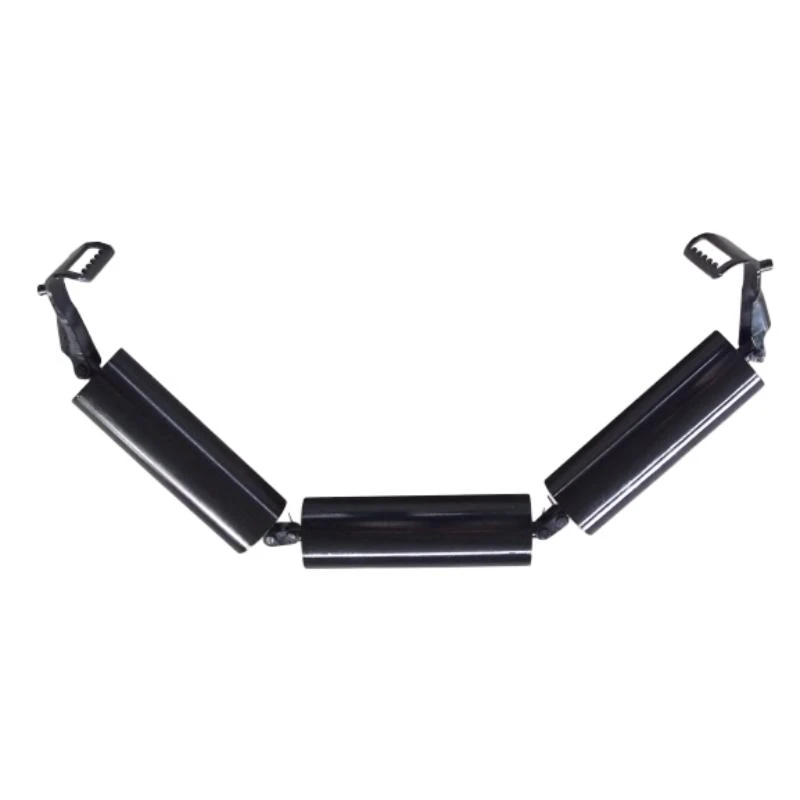 Afrikaans
Afrikaans  Albanian
Albanian  Amharic
Amharic  Arabic
Arabic  Armenian
Armenian  Azerbaijani
Azerbaijani  Basque
Basque  Belarusian
Belarusian  Bengali
Bengali  Bosnian
Bosnian  Bulgarian
Bulgarian  Catalan
Catalan  Cebuano
Cebuano  Corsican
Corsican  Croatian
Croatian  Czech
Czech  Danish
Danish  Dutch
Dutch  English
English  Esperanto
Esperanto  Estonian
Estonian  Finnish
Finnish  French
French  Frisian
Frisian  Galician
Galician  Georgian
Georgian  German
German  Greek
Greek  Gujarati
Gujarati  Haitian Creole
Haitian Creole  hausa
hausa  hawaiian
hawaiian  Hebrew
Hebrew  Hindi
Hindi  Miao
Miao  Hungarian
Hungarian  Icelandic
Icelandic  igbo
igbo  Indonesian
Indonesian  irish
irish  Italian
Italian  Japanese
Japanese  Javanese
Javanese  Kannada
Kannada  kazakh
kazakh  Khmer
Khmer  Rwandese
Rwandese  Korean
Korean  Kurdish
Kurdish  Kyrgyz
Kyrgyz  Lao
Lao  Latin
Latin  Latvian
Latvian  Lithuanian
Lithuanian  Luxembourgish
Luxembourgish  Macedonian
Macedonian  Malgashi
Malgashi  Malay
Malay  Malayalam
Malayalam  Maltese
Maltese  Maori
Maori  Marathi
Marathi  Mongolian
Mongolian  Myanmar
Myanmar  Nepali
Nepali  Norwegian
Norwegian  Norwegian
Norwegian  Occitan
Occitan  Pashto
Pashto  Persian
Persian  Polish
Polish  Portuguese
Portuguese  Punjabi
Punjabi  Romanian
Romanian  Russian
Russian  Samoan
Samoan  Scottish Gaelic
Scottish Gaelic  Serbian
Serbian  Sesotho
Sesotho  Shona
Shona  Sindhi
Sindhi  Sinhala
Sinhala  Slovak
Slovak  Slovenian
Slovenian  Somali
Somali  Spanish
Spanish  Sundanese
Sundanese  Swahili
Swahili  Swedish
Swedish  Tagalog
Tagalog  Tajik
Tajik  Tamil
Tamil  Tatar
Tatar  Telugu
Telugu  Thai
Thai  Turkish
Turkish  Turkmen
Turkmen  Ukrainian
Ukrainian  Urdu
Urdu  Uighur
Uighur  Uzbek
Uzbek  Vietnamese
Vietnamese  Welsh
Welsh  Bantu
Bantu  Yiddish
Yiddish  Yoruba
Yoruba  Zulu
Zulu Selecting the Right Conveyor Rollers and Idlers for Optimal Efficiency
Understanding Conveyor Rollers and Idlers Essential Components of Material Handling Systems
Conveyor systems play a critical role in various industries, facilitating the efficient transportation of materials across different stages of production, packaging, and distribution. At the heart of these systems are two essential components conveyor rollers and idlers. Understanding their functions, types, and importance can help businesses optimize their operations and ensure smoother material handling processes.
What Are Conveyor Rollers?
Conveyor rollers are cylindrical components that form the backbone of a conveyor system. These rollers enable the movement of materials by providing a surface over which items can slide or be transported. They can be made from various materials, including steel, plastic, and rubber, depending on the application and the weight of the materials being conveyed.
Rollers come in various forms, including
1. Drive Rollers These are powered rollers that actively move the conveyor belt or materials. They are typically connected to a motor and play a crucial role in propelling the belt forward.
2. Return Rollers These support the conveyor belt as it returns to the starting point after completing its loop. Return rollers help maintain the alignment of the belt and prevent sagging.
3. Guide Rollers These rollers assist in keeping the belt aligned, ensuring that it runs smoothly without drifting off course.
4. Impact Rollers Found at loading zones, these rollers are designed to absorb the impact of heavy loads, thereby protecting the conveyor system from damage.
The Role of Idlers in Conveyor Systems
Idlers are another vital component of conveyor systems, primarily serving as support structures for conveyor belts. Unlike drive rollers, idlers do not provide power; instead, they help maintain the proper tension and alignment of the conveyor belt. This function is essential for preventing belt sagging and ensuring even distribution of weight across the conveyor.
Idlers can be classified into several types
conveyor rollers and idlers

1. Flat Idlers These provide a flat surface for the belt to run on, offering support across the entire width of the conveyor.
3. Self-Aligning Idlers These idlers automatically adjust to compensate for belt misalignment, enhancing the overall reliability of the system.
4. Return Idlers Similar to return rollers, these support the belt as it returns after unloading, ensuring smooth operation and preventing unnecessary wear.
Importance of Rollers and Idlers
The efficiency and longevity of a conveyor system significantly depend on the quality and design of its rollers and idlers. Here are some reasons why these components are crucial
1. Reducing Friction High-quality rollers and idlers minimize friction during the material transport process, which can enhance energy efficiency. Lower friction translates to reduced operational costs and extends the lifespan of the system.
2. Safety and Reliability Well-designed rollers and idlers improve the overall reliability of the conveyor system, reducing the risk of breakdowns and accidents. This reliability is particularly important in industries where continuous operation is vital.
3. Versatility With various types of rollers and idlers available, businesses can customize their conveyor systems to meet specific needs, whether they involve handling lightweight packages or heavy industrial materials.
4. Maintenance and Replacement Regular maintenance of rollers and idlers is essential to ensure the longevity of the conveyor system. Businesses should keep an inventory of spare parts, as timely replacement can prevent costly downtimes.
Conclusion
In conclusion, conveyor rollers and idlers play indispensable roles in the functionality of material handling systems. By understanding their types, functions, and importance, businesses can make informed decisions when selecting and maintaining these components. Investing in high-quality rollers and idlers not only enhances operational efficiency but also contributes to the safety and reliability of conveyor systems, ultimately supporting overall business productivity.
-
Revolutionizing Conveyor Reliability with Advanced Rubber Lagging PulleysNewsJul.22,2025
-
Powering Precision and Durability with Expert Manufacturers of Conveyor ComponentsNewsJul.22,2025
-
Optimizing Conveyor Systems with Advanced Conveyor AccessoriesNewsJul.22,2025
-
Maximize Conveyor Efficiency with Quality Conveyor Idler PulleysNewsJul.22,2025
-
Future-Proof Your Conveyor System with High-Performance Polyurethane RollerNewsJul.22,2025
-
Driving Efficiency Forward with Quality Idlers and RollersNewsJul.22,2025





























